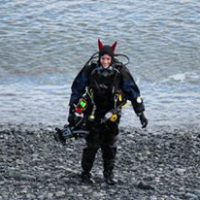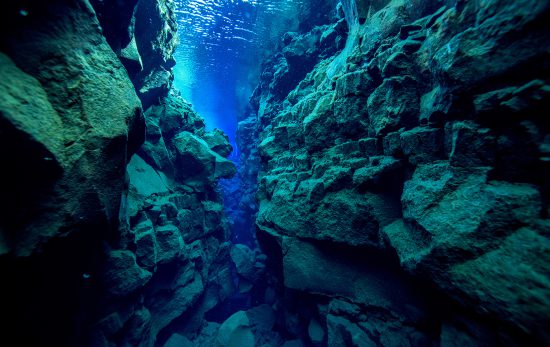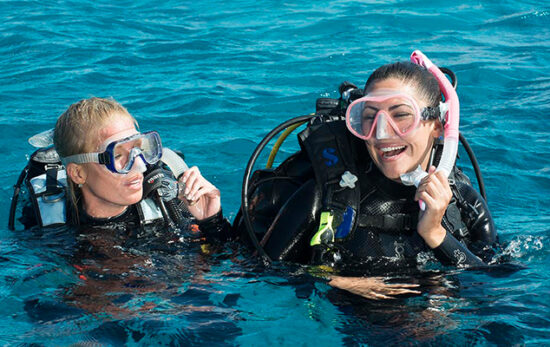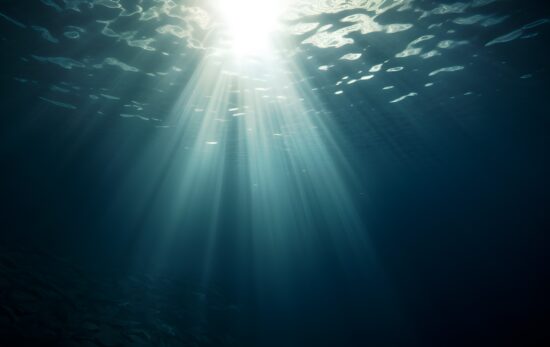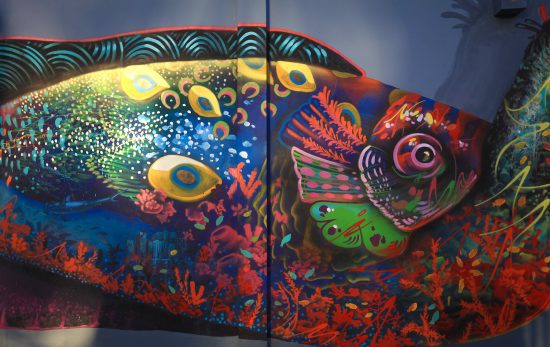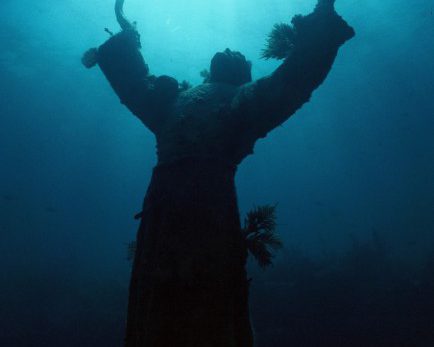The ocean is a place of wonder, from delicate reefs to intriguing wrecks and colourful critters. It’s not that we need more, but sometimes it’s fun to explore something different — like a trip to an underwater museum.
Ranging from contemporary art to submerged cities, underwater museums blend exhibitions with the beauty of the natural world. And, as erosion and coral growth take hold, many artefacts become ever-changing parts of the local ecosystem. In fact, many museums are created as artificial reefs to support conservation:
- Sites are generally chosen for the lack of coral or other life
- They can promote coral growth, develop new reefs, and attract marine life
- As alternative attractions, they also reduce tourism pressures on natural reefs
Most underwater museums are accessible to scuba divers, snorkelers, freedivers, and even sightseers on glass-bottomed boats. There’s something to pique everyone’s interest, so history buffs, scientists, photographers, archaeologists, and art lovers: read on for ten amazing underwater museum destinations you’ll want to dive into:
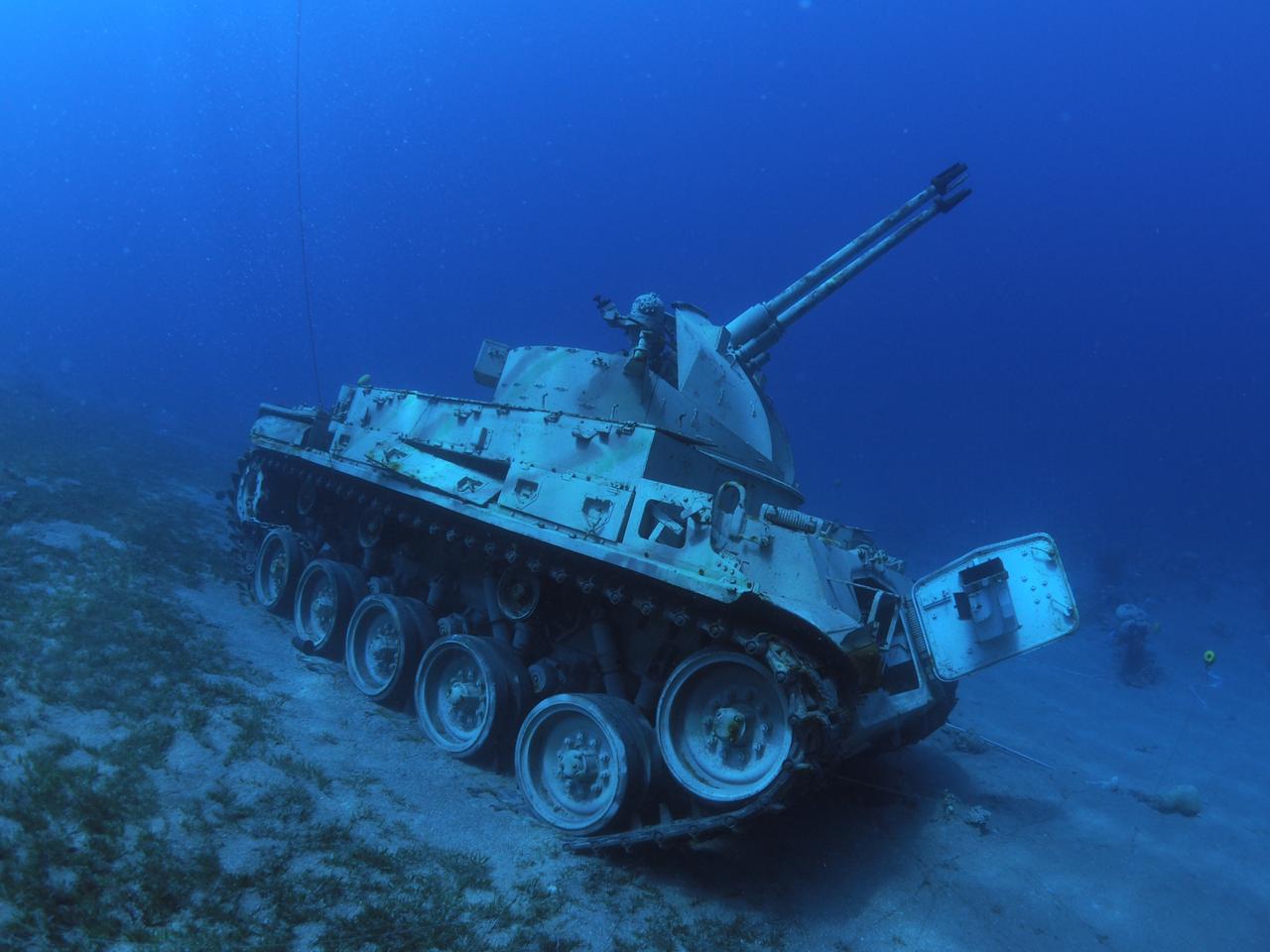
Table of Contents:
- Alonissos Underwater Museum, Greece
- Underwater Military Museum, Jordan
- Museo Subacuático de Arte (MUSA), Mexico
- Underwater Archaeological Park of Baia, Italy
- The Museum of Underwater Art (MOUA), Australia
- Caesarea Underwater Archaeological Park, Israel
- Museo Atlántico, Spain
- Alley of Leaders, Crimea
- Florida Panhandle Shipwreck Trail, USA
- Baiheliang Underwater Museum, China
1. Alonissos Underwater Museum, Greece
- Opened: 2020
- Location: Peristera, Alonissos
- Depth: 21-28m / 69-92ft
- Type: Wreck / archaeology
This award-winning underwater museum centres on one of the biggest and most important Classical-era shipwrecks. Dating back to the 5th Century BCE, the so-called Parthenon of Shipwrecks is 30m (98m) long, 10m (33ft) wide, and was found by a fisherman in 1985. While the ship’s wooden structure is long gone, its footprint is marked by the well-preserved cargo of over 3,000 ancient amphorae. It’s an archaeologist’s dream! Also, at Alonissos’s Information Center, even non-diving tourists can peek into history with virtual reality tours and seabed cameras. There’s already talk of adding more sites, so this is one to watch.
2. Underwater Military Museum, Jordan
- Opened: 2019
- Location: Gulf of Aqaba, Red Sea
- Depth: 7-28m / 23-92ft
- Type: Wreck / military
Poised in battle formation on a sandy seabed, this is certainly not your usual military museum. Here, 21 wartime exhibits include an ambulance, crane, helicopter, troop carrier, anti-aircraft guns, and several tanks, all previously used and donated by Jordanian armed forces. After being made environmentally safe, the relics were then sunk over seven days with the help of ASEZA and local port authorities. Today, the fleet sits alongside Red Sea marine life, such as parrotfish, pufferfish, and eels. It’s an impressive selection that’s likely to grow even more in the future.
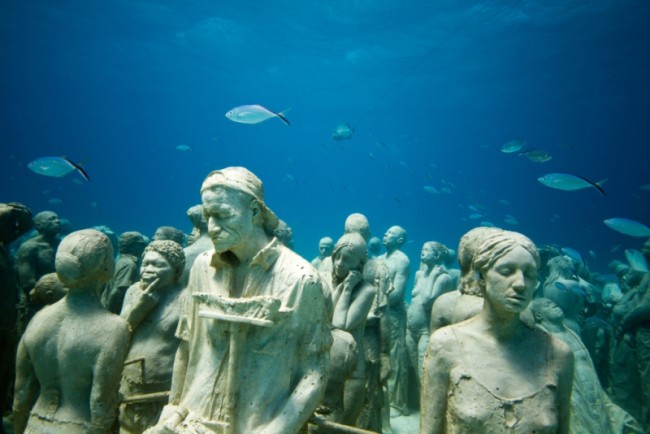
3. Museo Subacuático de Arte (MUSA), Mexico
- Opened: 2010
- Location: Cancun, Yucatan Peninsula
- Depth: 4-8m / 13-26ft
- Type: Sculpture park / art
Also known as the Cancun Underwater Museum, over 500 sculptures bring together science, art, and conservation in one of the largest underwater art displays. The project features work by acclaimed sculptor Jason deCaires Taylor who also created Grenada’s underwater sculpture park (the world’s first), Museo Atlantico, MOUA, and more. The sculptures use coral-friendly materials that encourage reef growth while providing shelter for marine life. Iconic exhibits include The Silent Evolution (400+ human figures cast from local models), a life-size VW Beetle, and an angel with gorgonian wings. For even more fun and some buoyancy practice, add the Seascape ring statues to your trip.
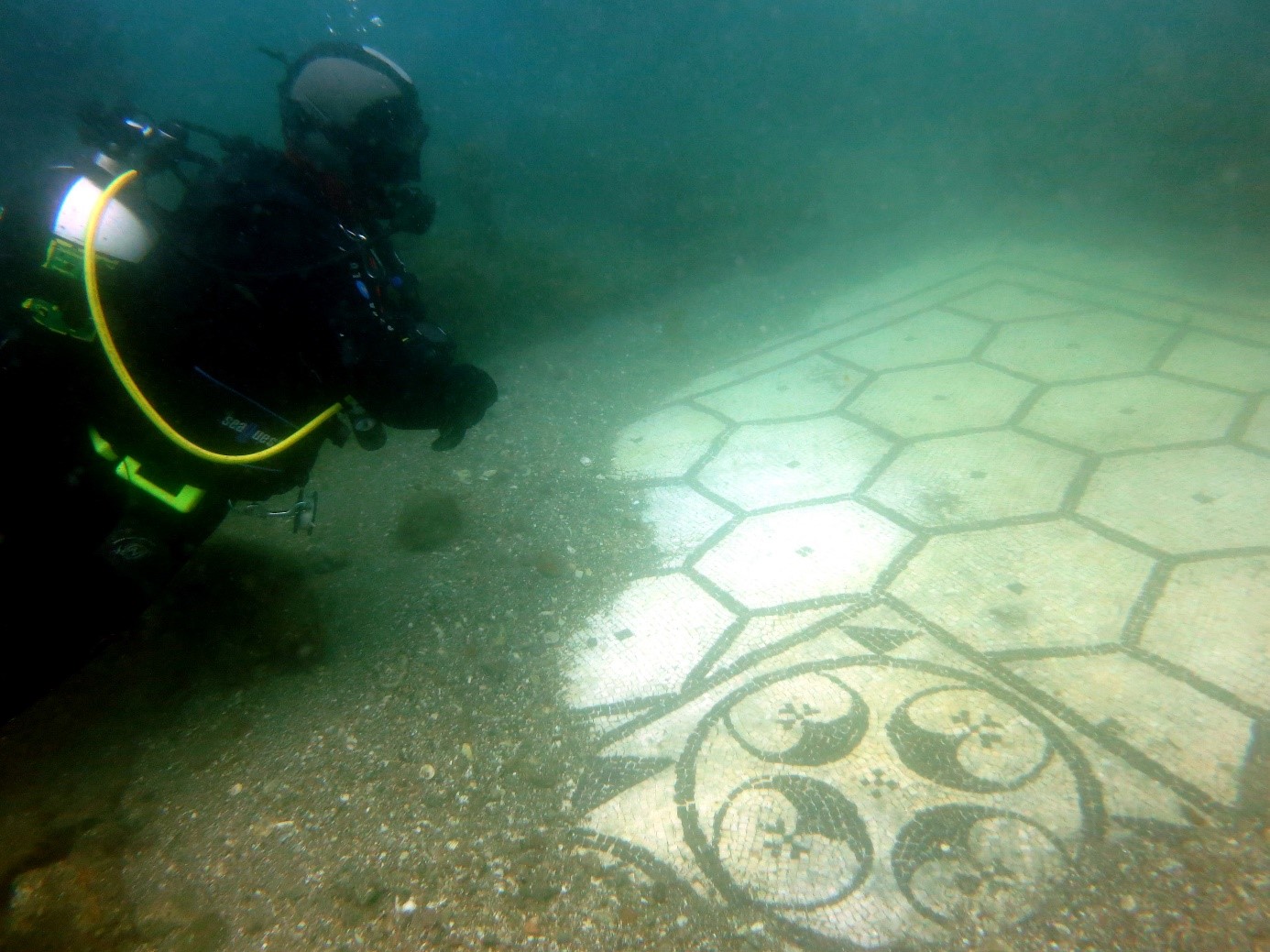
4. Underwater Archaeological Park of Baia, Italy
- Opened: 2002
- Location: Pozzuoli, Campania
- Depth: 5-13m / 16-43ft
- Type: Sunken ruins / archaeology
Built above volcanic vents, the ancient city of Baia was formerly an indulgent spa retreat for the Roman Empire’s powerful and wealthy. But by the 8th Century CE, it had been deserted following raids and disease. Finally, it sank into the sea due to bradyseism. Today, it’s a unique underwater museum where divers and snorkelers can immerse themselves in history, culture, and classical architecture. Swim down a 200m (656ft) paved road and marvel at the remains of imperial steam baths and sculptures. Or, visit the ruins of Roman villas and uncover the intricate designs of marble and mosaic floors. Look out for the underwater bubble baths while you’re there — a sign of the seismic activity that led this city to its demise.
5. The Museum of Underwater Art (MOUA), Australia
- Opened: 2019
- Location: Townsville, Queensland
- Depth: 12-16m / 39-52ft
- Type: Sculpture park / art
If the Great Barrier Reef isn’t enough, then how about an artificial counterpart? The MOUA is another success by Jason deCaires Taylor and the only underwater art museum in the Southern Hemisphere. Coral Greenhouse is a massive steel structure that houses 20 sculptures, over 2,000 coral fragments, juvenile fish, and many invertebrates. It’s also a science project that monitors reef conditions with underwater cameras. Above water, the Ocean Siren statue’s colour changes with the ocean temperatures — a poignant reminder of climate change. More exhibits are planned soon for Palm Island and Magnetic Island.
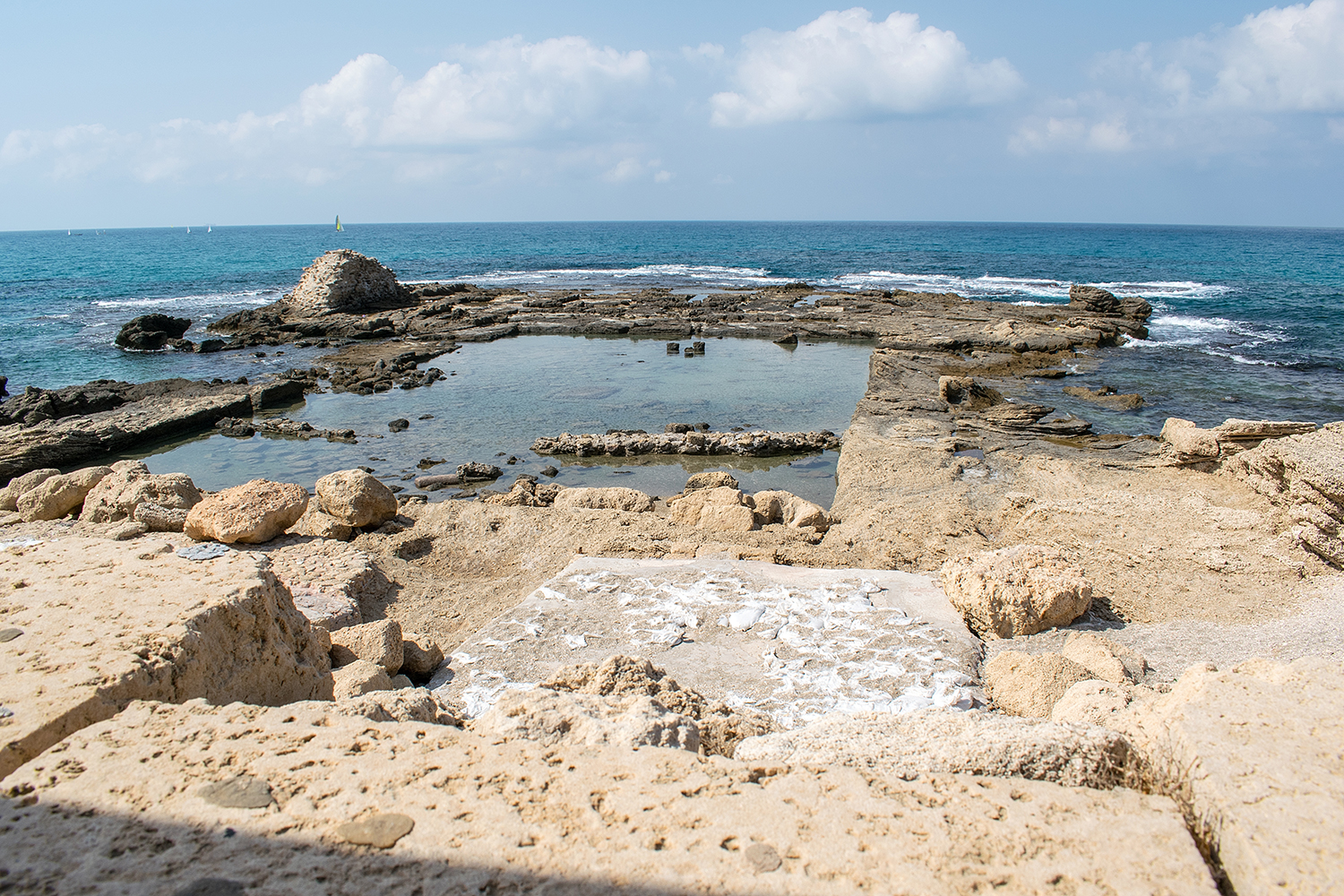
6. Caesarea Underwater Archaeological Park, Israel
- Opened: 2006
- Location: Caesarea
- Depth: 2-9m / 7-30ft
- Type: Sunken ruins / archaeology
Over 2,000 years ago, King Herod built Caesarea on the ruins of an old Phoenician city. It became a flagship Roman Empire port but is believed to have been destroyed 100 years later by a tsunami. While archaeologists have studied the site for decades, storms and science have led to more recent discoveries, including hoards of gold coins. This underwater museum covers 87,000 square yards (72,743 square metres), four trails, and 36 sites. It’s also the only ancient port open to recreational divers and snorkelers, who can navigate sunken ruins such as the breakwater, docks, lighthouse, warehouses, shipwrecks, and anchors. What’s more, you can still see the port’s original hydraulic cement foundations — a feat of Roman ingenuity.
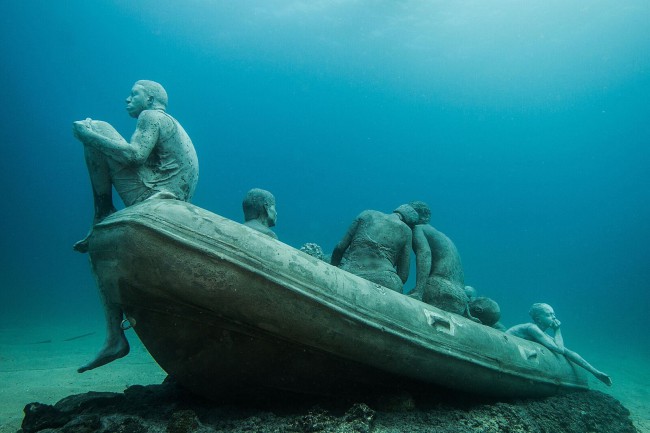
7. Museo Atlántico, Spain
- Opened: 2016
- Location: Lanzarote, Canary Islands
- Depth: 12-15m / 39-49ft
- Type: Sculpture park / art
Created by — you guessed it, Jason deCaires Taylor — this is Europe and the Atlantic Ocean’s first underwater art museum. Over 300 sculptures are grouped by themes such as climate change and the co-existence of nature and humanity. There’s a gyre of 200 life-sized human figures, while The Rubicon shows people walking obliviously towards a point of no return. The iconic Raft of Lampedusa represents the crisis of sailors and refugees. Most exhibits are no-touch, but divers are encouraged to clean Portal’s mirror for an interactive experience. The sculptures are made with coral-friendly materials, and since opening, marine life diversity — including barracuda, angel sharks, rays, octopus, and eels — has increased over 200%!
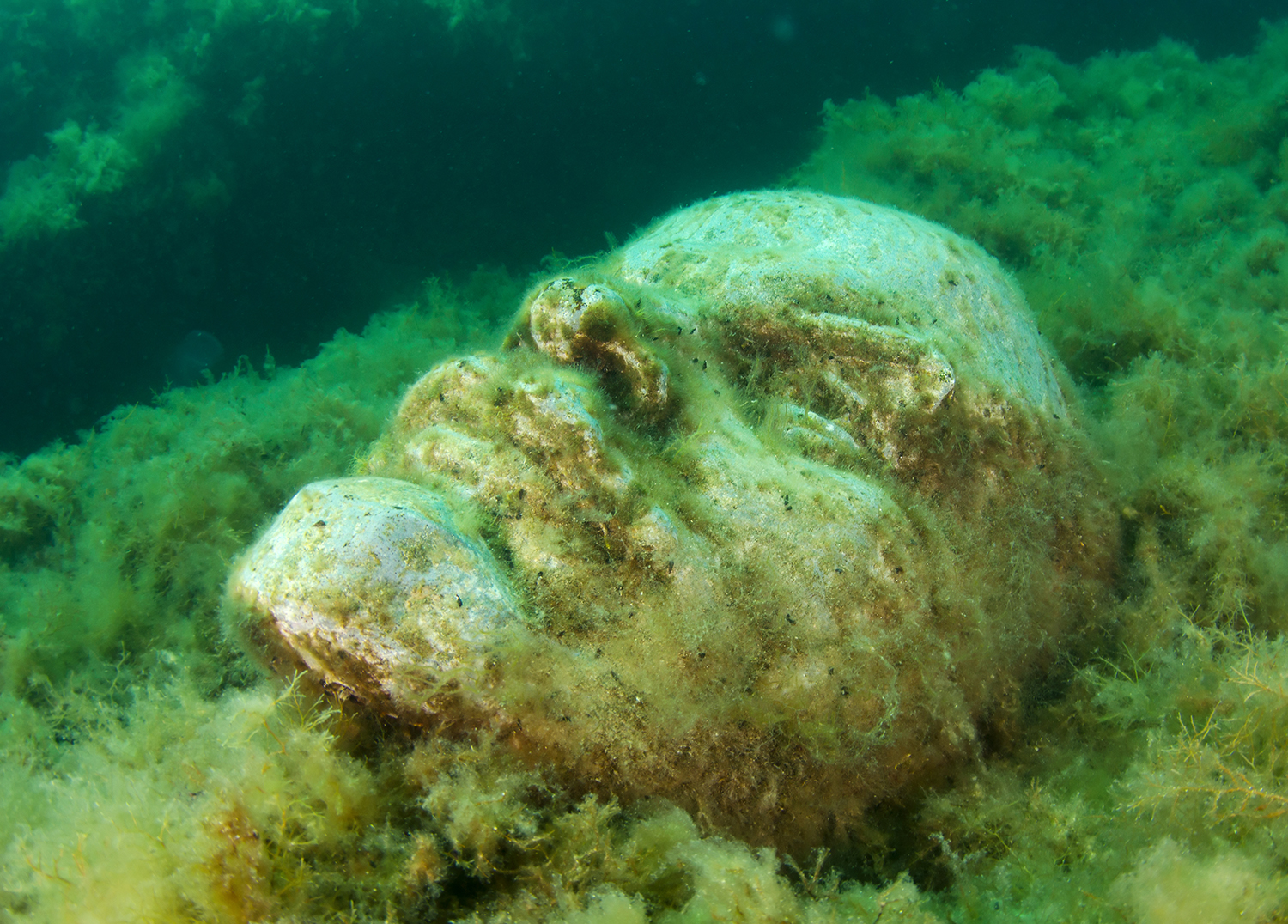
8. Alley of Leaders, Crimea
- Opened: 1992
- Location: Cape Tarkhankut
- Depth: 12-15m / 39-49ft
- Type: Sculpture park / history
In the Black Sea, about 100m (328ft) from the shore, lies a time capsule of Soviet history and a somewhat hidden gem when it comes to underwater museums. The project is the brainchild of Vladimir Broumensky, a Ukrainian diver who set out to recycle fallen statues and busts following the collapse of the USSR. The collection includes figures of communist leaders such as Lenin, Marx, and Stalin, alongside other influencers like Beethoven, Tchaikovsky, and Alexander Blok. Oddly, there are also replicas of famous landmarks, including the Eiffel Tower and London’s Tower Bridge. Over the last three decades, the Alley of Leaders has grown to over 50 sculptures and attracts local marine life, including fish, rays, and crabs.
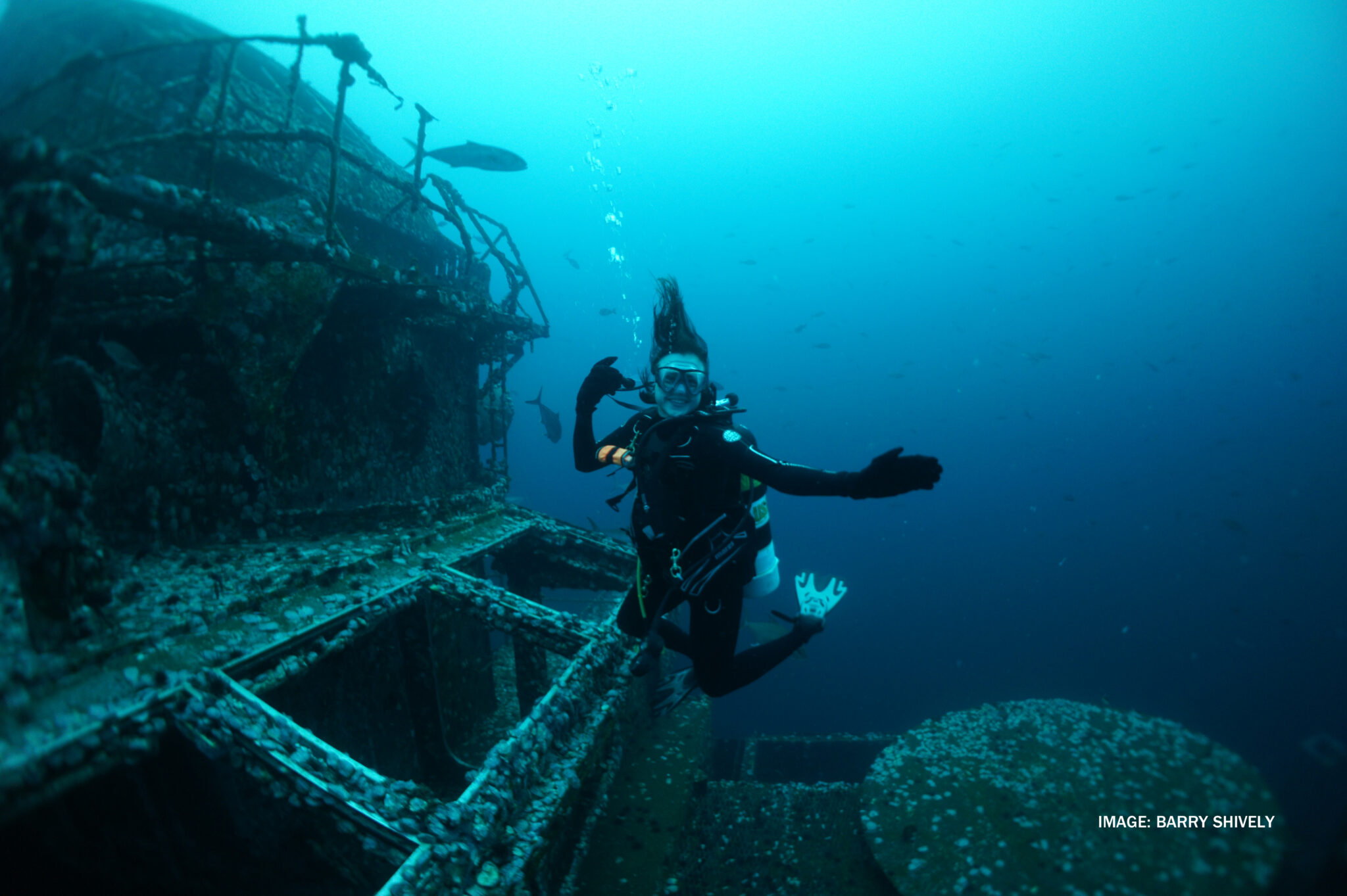
9. Florida Panhandle Shipwreck Trail, USA
- Opened: 2012
- Location: Florida’s Gulf Coast (Port St. Joe to Pensacola)
- Depth: 8-65m / 25-212ft
- Type: Wreck / history
The Florida Department of State’s Underwater Archeology Team and local dive operators created this renowned Shipwreck Trail. The aim was to boost tourism following the Deepwater Horizon oil spill. Originally showcasing 12 of the region’s most diverse wrecks, the trail was later expanded to 20 sites in 2021 and includes tugboats, WWII minesweepers, coal barges, and the USS Oriskany aircraft carrier (the world’s biggest artificial wreck). An underwater guide details not only each site’s history but also navigation and marine life. There’s even a trail passport, so you can validate each dive as a souvenir of your adventure. If you’re planning to explore more of what the Sunshine State offers, then check out the Florida Keys Shipwreck Trail, too.
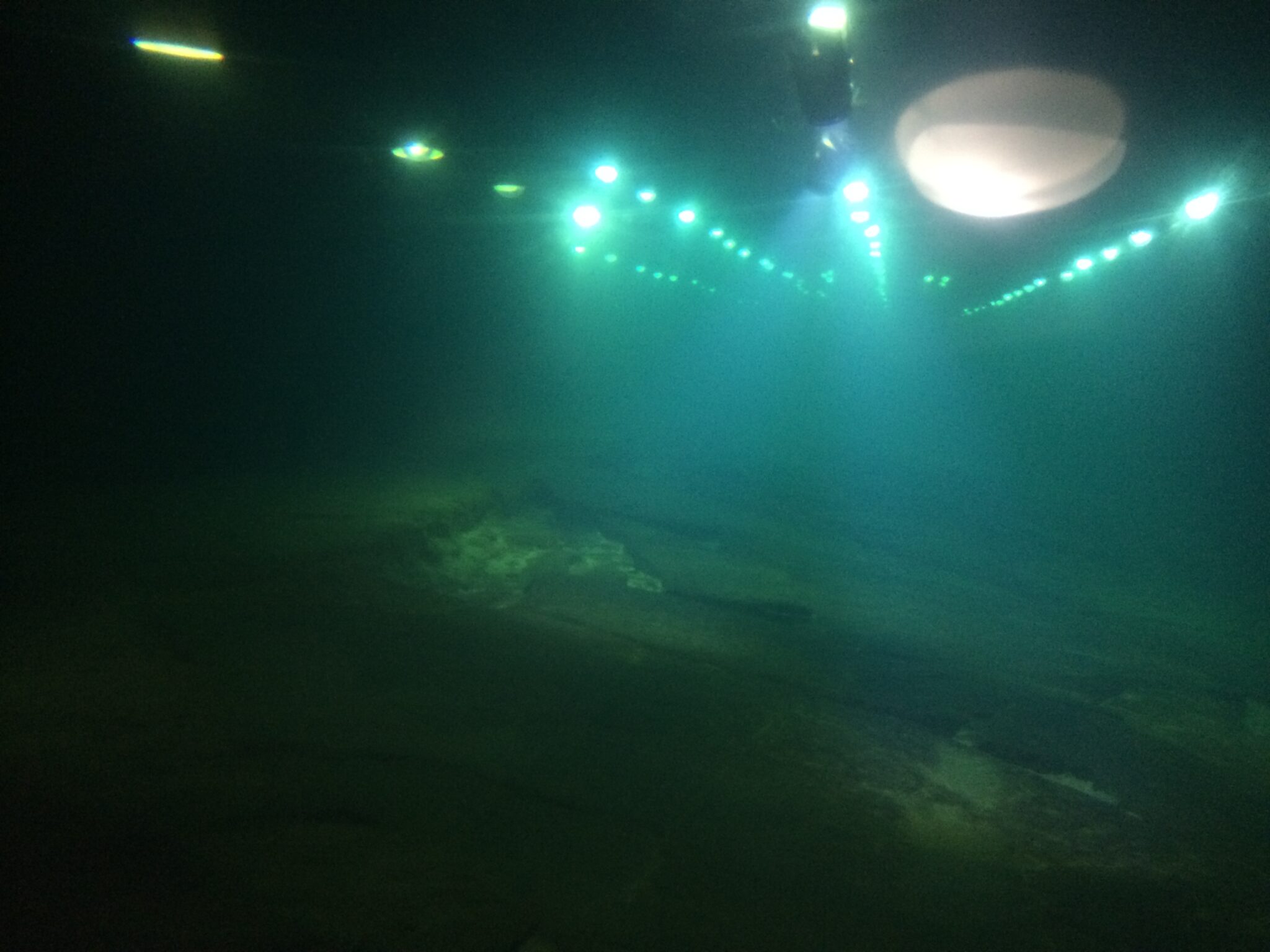
10. Baiheliang Underwater Museum, China
- Opened: 2009
- Location: Fuling, Chongqing
- Depth: 43m / 141ft
- Type: Traditional museum / archaeology
Baiheliang (meaning ‘White Crane Ridge’) is a natural stone ridge that is 1,600m (5,249ft) long and 15m (49ft) wide, in the Yangtze River. Carved into the rock are 165 rare inscriptions and fish sculptures recording 1,200 years of change in the river’s water levels. This makes it the oldest hydrographic survey station. Since the Three Gorges Dam was built, the now-permanently submerged ridge has been preserved inside an arched-glass casing filled with 3,800 tons of recycled, purified water and deep-water lighting. It’s a museum building that took seven years and $30m to construct! What’s more, this is the only underwater museum on our list that doesn’t involve getting wet. Instead, there’s an underground viewing tunnel with 23 windows, 28 cameras, and two escalators.
So, are you ready to dive into a world of art, history, and culture? Then plan a trip to one of these amazing underwater museums for your next scuba vacation. Download the PADI Adventures App or visit PADI Travel to get started!
